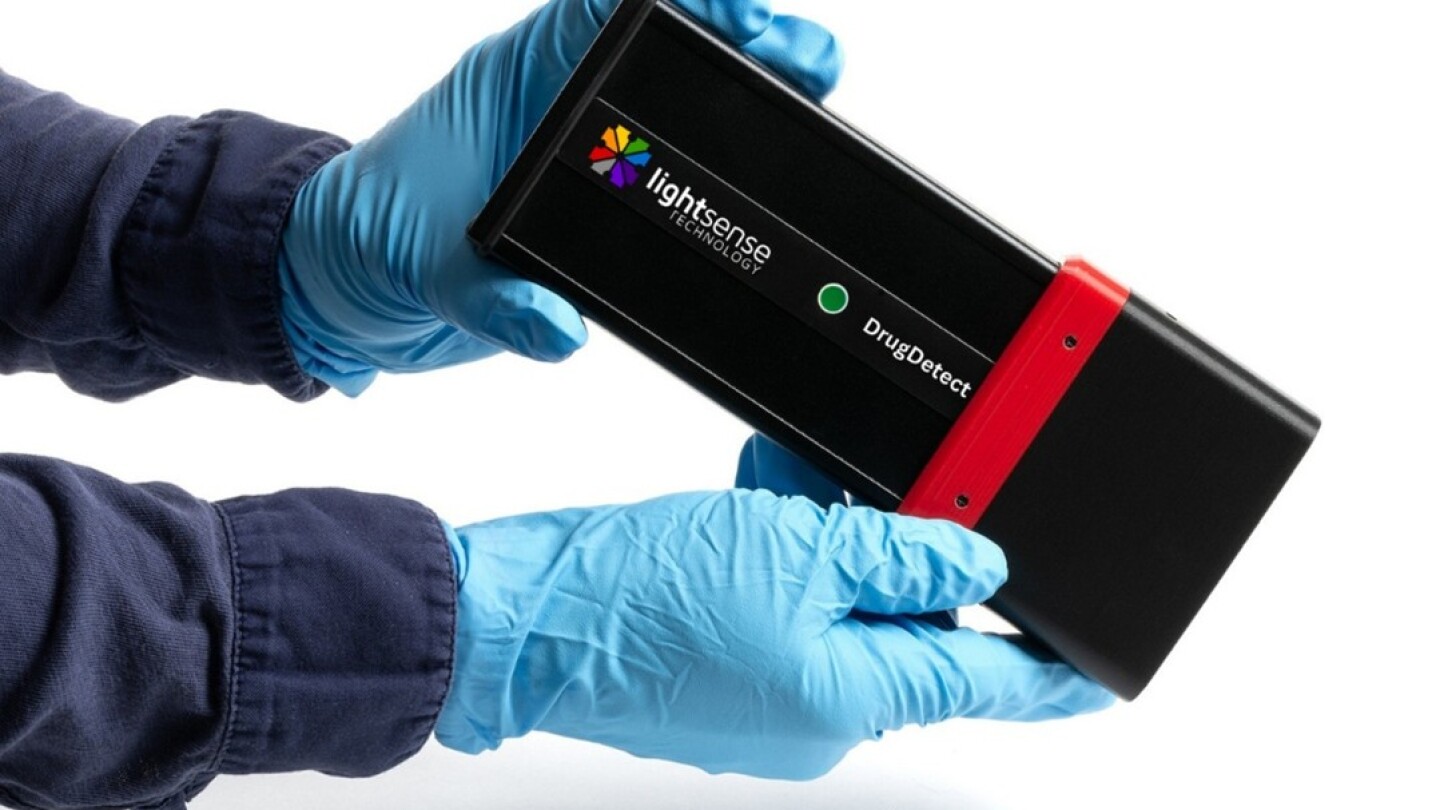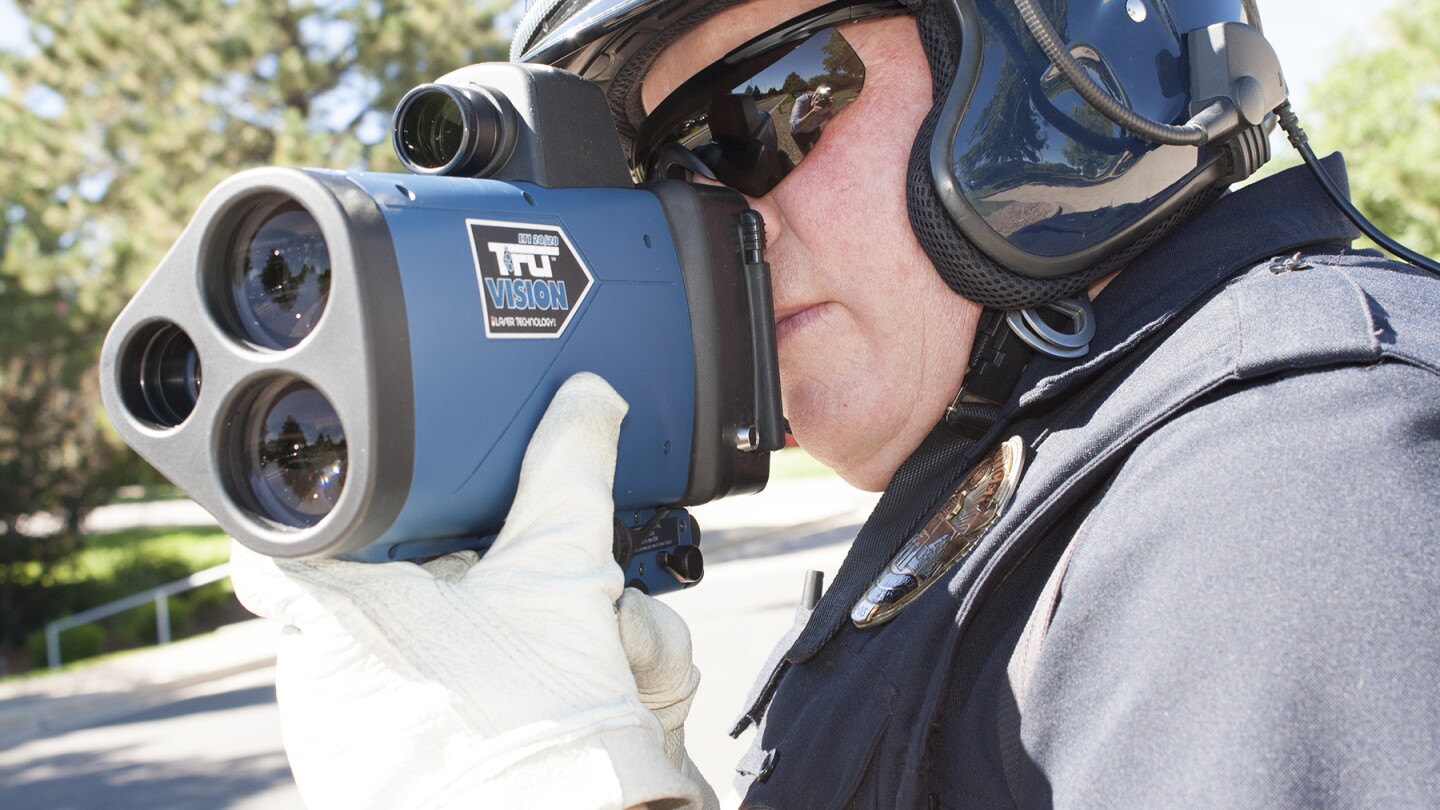Technology
Why your evidence handoff process could be putting justice at risk
As law enforcement continues to combat the fentanyl crisis, advancements in drug detection technology promise new safety standards for officers in the field
How electronic fingerprints deepen license-plate data to speed suspect and witness identification
Your response will help in charting the course for the future use of AI technologies in policing
The Flock Safety technology can differentiate a gunshot from a firework and turns on video surveillance automatically when a gunshot is detected
Agencies must embrace cutting-edge technology to expedite information sharing and streamline data collection to obtain mission-critical insights
Agencies must begin preparing today to capture the benefits of tomorrow’s advanced technology
Let us know which of these technologies you’re most eager to explore or integrate into your department’s wellness initiatives
Jonathan Wender, Ph.D., discusses the impact of TrustStat AI on police work and community interactions
“We did have another jurisdiction ... actually sent their K-9 and they were there pretty quickly in just a few minutes,” Officer Michael Slininger said. “But by the time the K-9 arrived, [the drone team] had already located the juvenile”
“Public safety professionals are spending up to half their shift filling out reports, rather than addressing operational needs and responding to calls for service.”
Key considerations for police departments when outfitting mobile surveillance systems
“Recreating crime scenes, information sharing and planning of tactics will boost situational awareness,” the Interpol report states
The Rapid All-Terrain Tower (RATT) vehicle mast goes up fast and fits on popular 2x2” hitch
Learn how this agency effectively uses advanced technology for both large-scale event management and real-time crime prevention and response
The 16-year-old logged on to her online game account at the man’s house, leading investigators to her whereabouts
My fear is that a month or maybe a year from now, some scandal will arise when it comes out that officers in an agency have been using AI in their court submissions
A 33-year police veteran shares what to look for in mobile printing hardware for the optimum turn-key solution
The washable shirt can go under a uniform or vest
Examining the evolving landscape of enforcement strategies
Solutions and insights for protecting public safety networks from cyberattacks
These products are not just tools; they are solutions to real-world problems faced by police departments every day
“I think we’re going to be able to rescue more children and human trafficking victims that we wouldn’t normally know about,” Capt. Peschong said
The net from the grappler hooked onto the back left wheel and once the cruiser hit the brakes, the stolen car came to a stop
“I could hear his screams … my priority was to save this man. To get him out as soon as possible,” Officer Truong said
“It not only enables us to catch people, but it keeps our officers safe day in and day out,” Police Chief Harold Medina said
This innovative body-worn camera and digital evidence collection and management solution enhances law enforcement capabilities
Addressing a leading cause of line-of-duty deaths
“Not every child ... will have the support system to deal with this issue,” Dorota Mani, the mother of a victim, said. “And they might not see the light at the end of the tunnel.”
New report reveals critical need for public safety agencies to deploy modern cloud-native dispatch and technology systems to better support the communities they serve
Corporal Lucas Watts survived being shot in the head through his cruiser windshield by a suspect
“I’m going to be steadfast in making sure our policies provide the safeguards to protect your privacy as well as mine,” Superintendent Anne Kirkpatrick said. “As well as every member of this police department”
MOST POPULAR
- AI’s role in redefining policing: A 10-year projection
- Navigating language barriers in public safety: Overcoming the challenges of multilingual communication
- 3 strategies to mitigate cybercrime
- Connected tech in action: Where IoT is transforming policing (infographic)
- Rational choice theory and crime: How technology shapes criminal decision-making



































